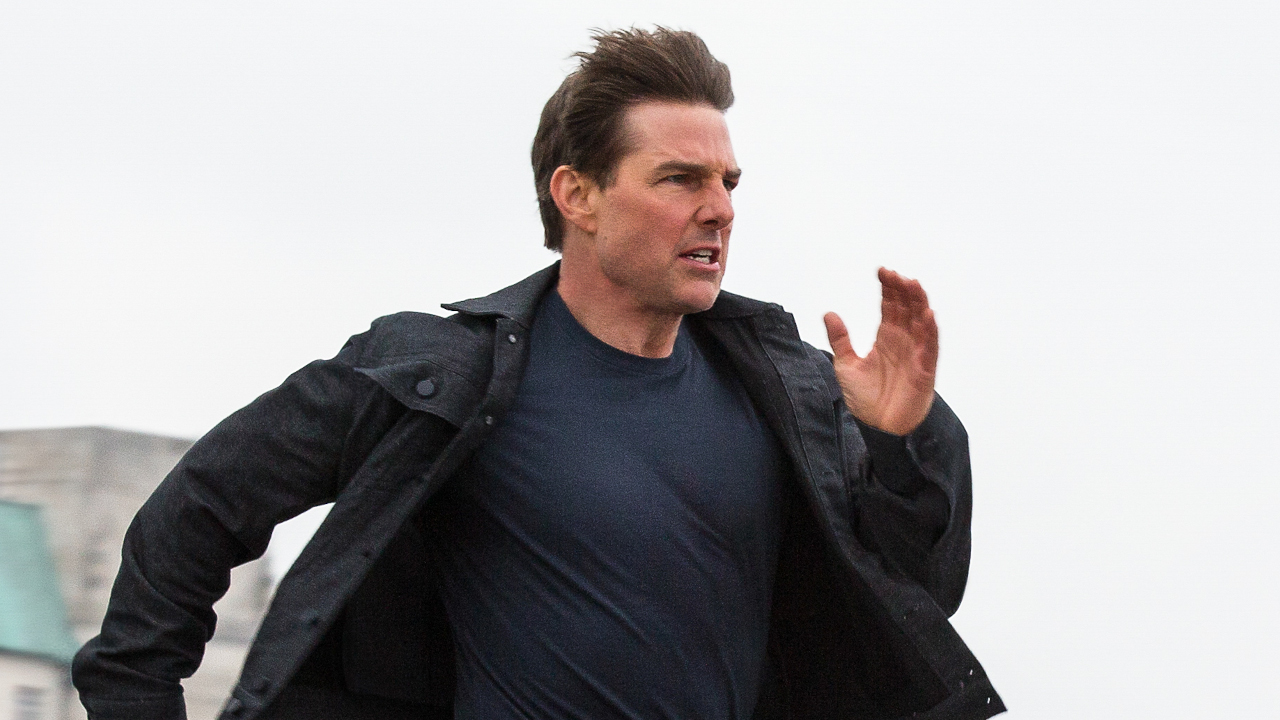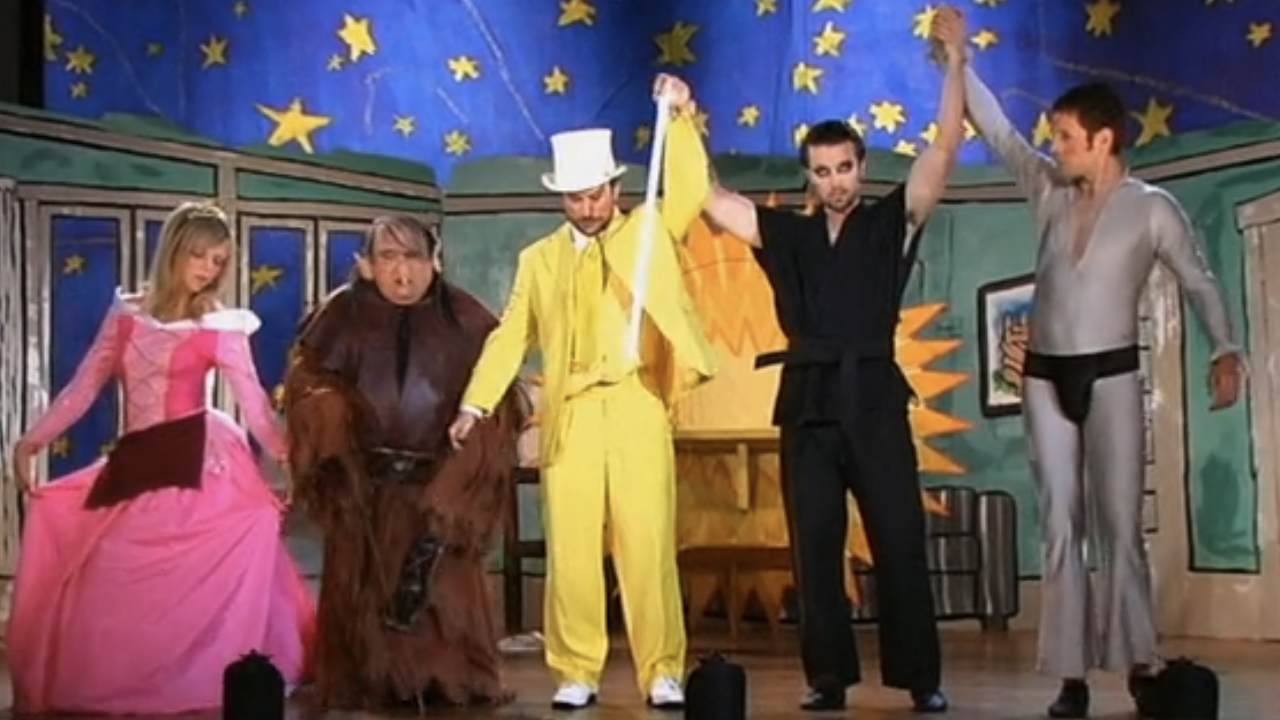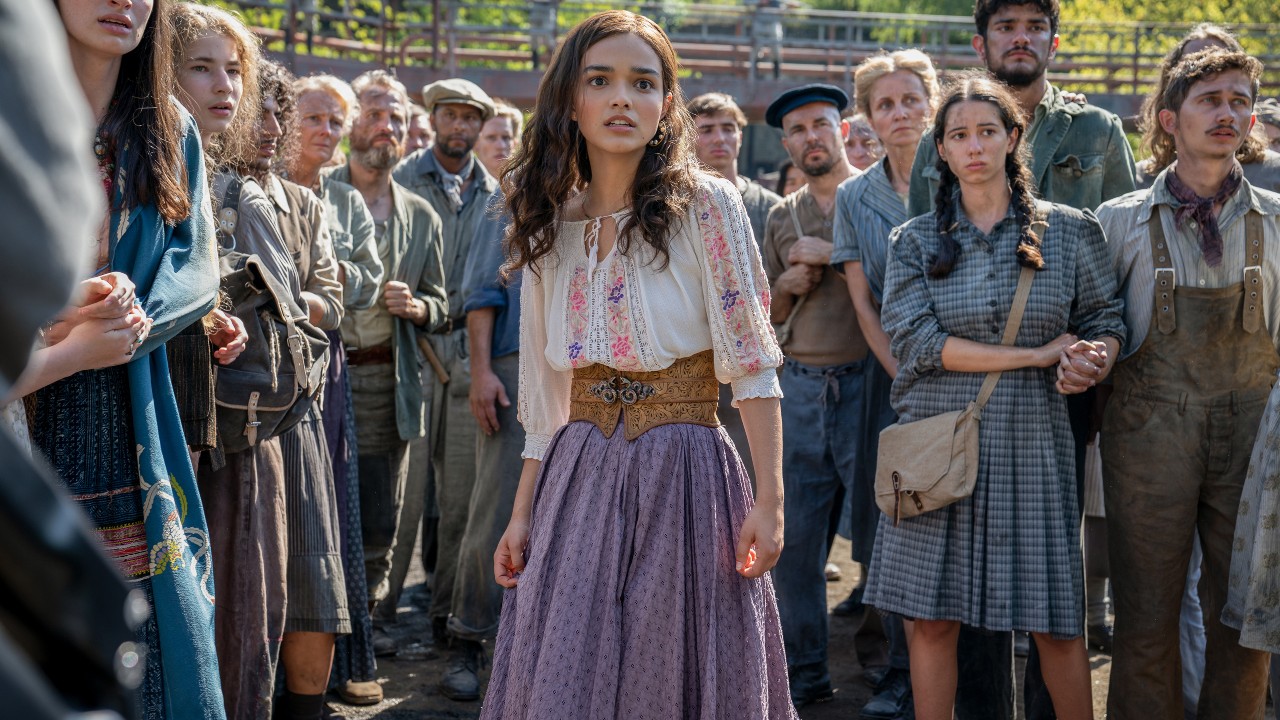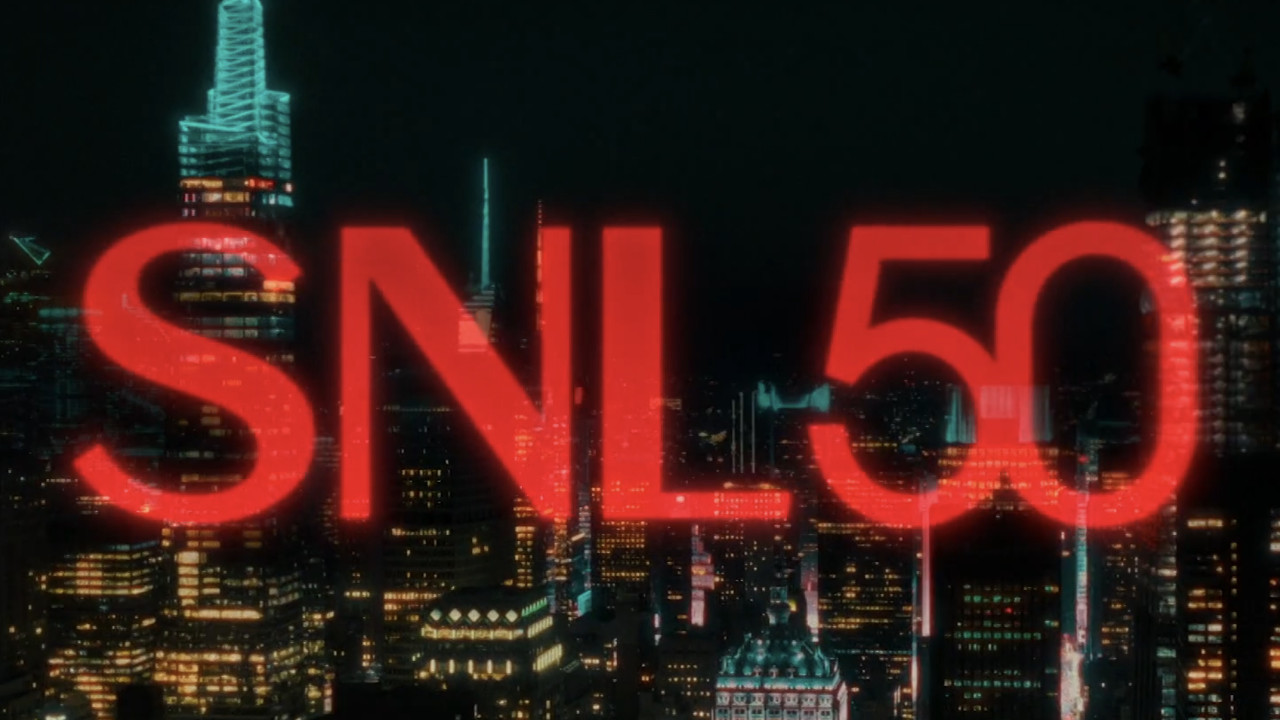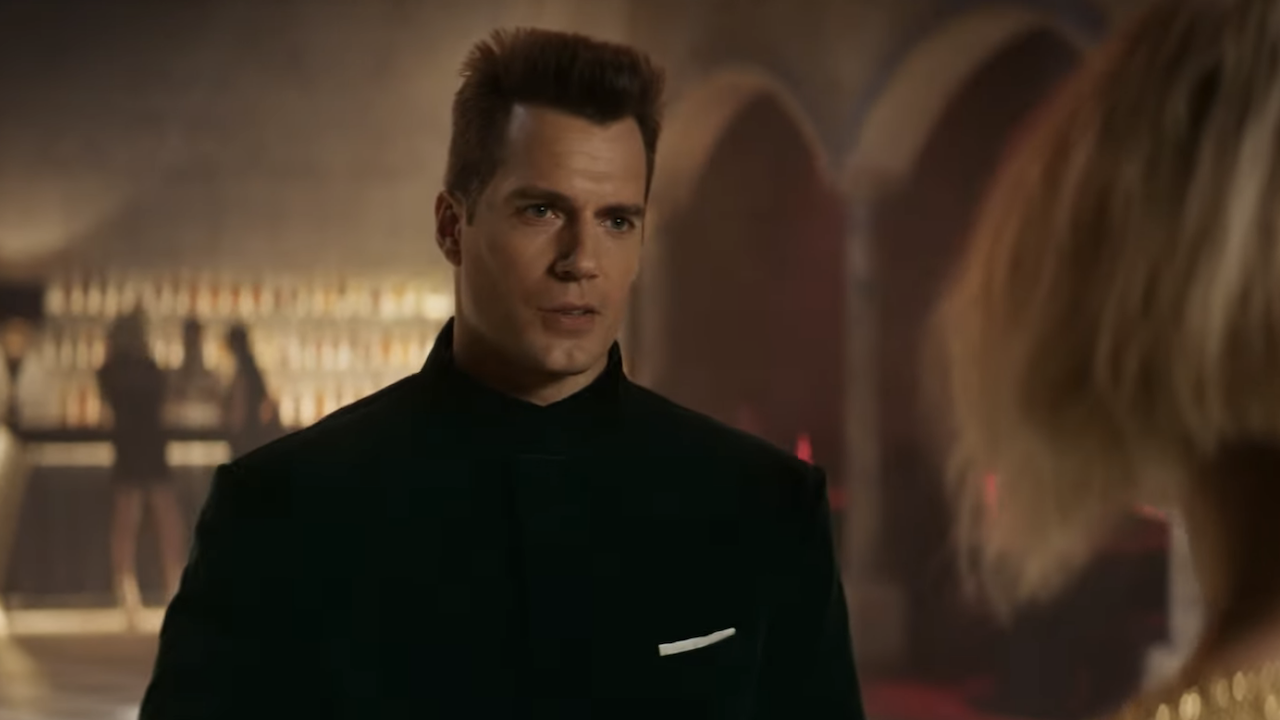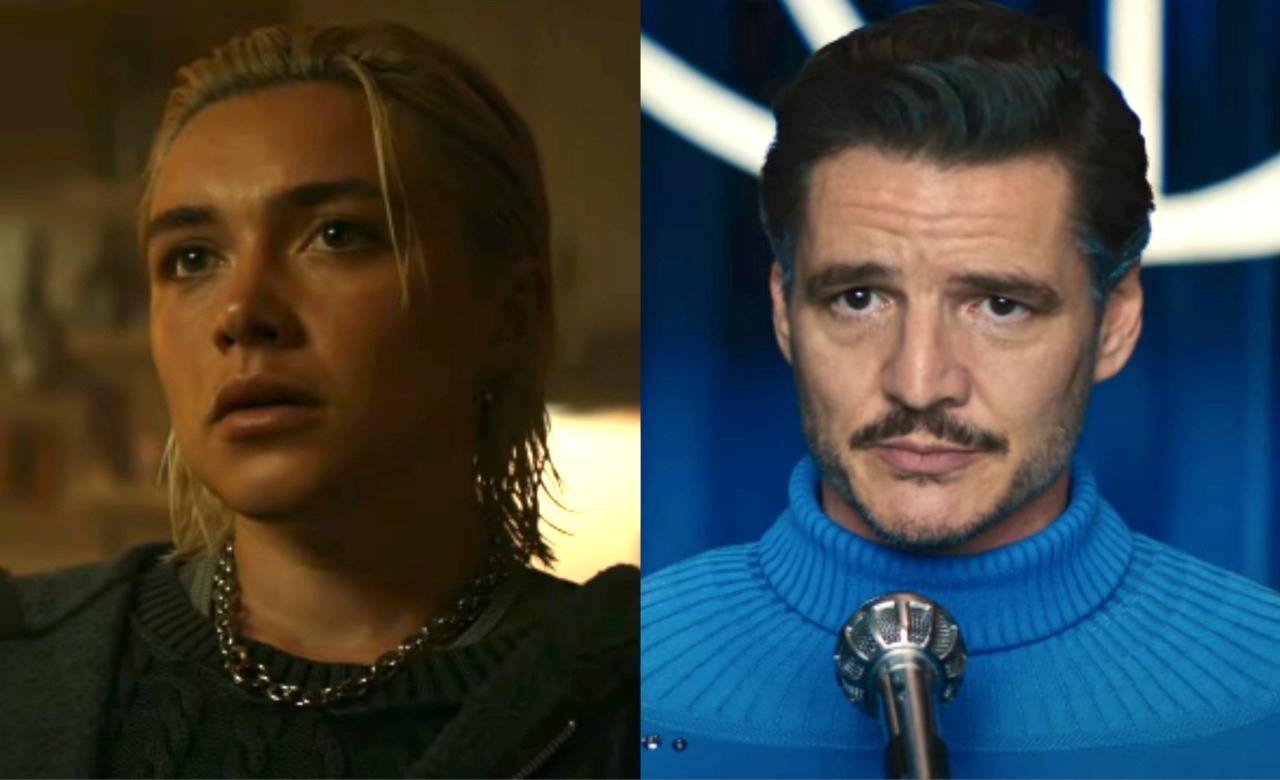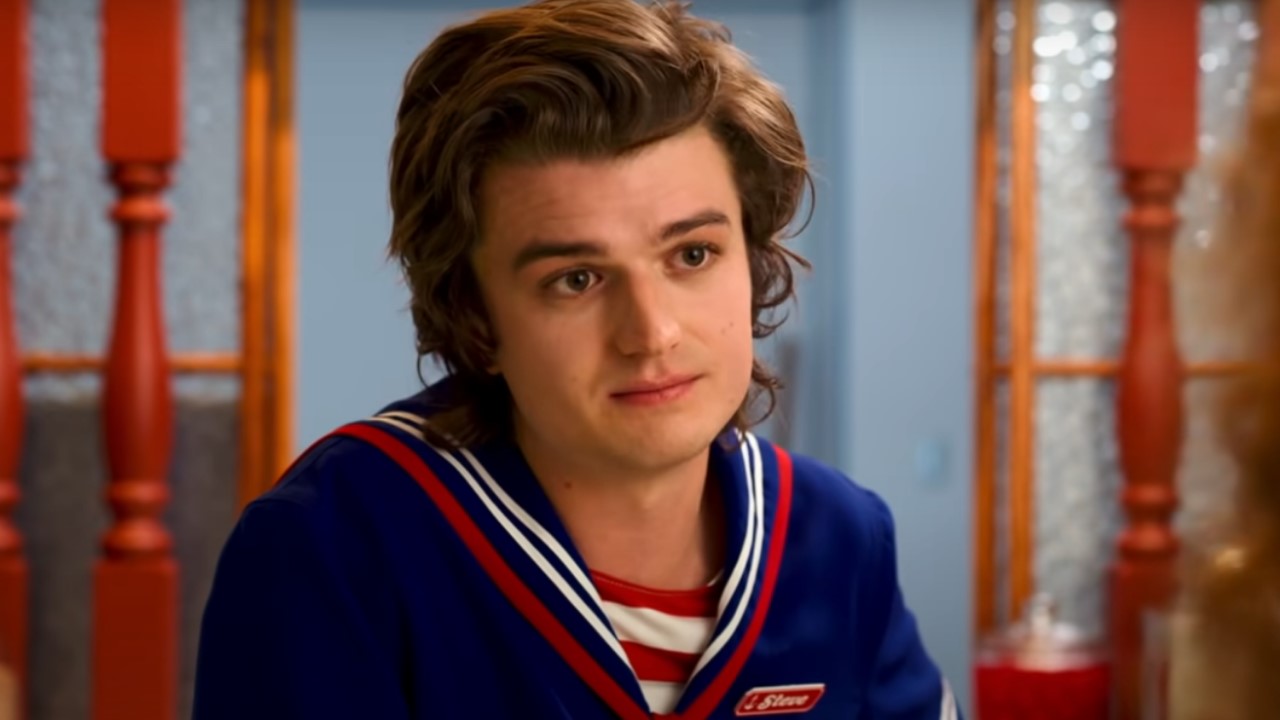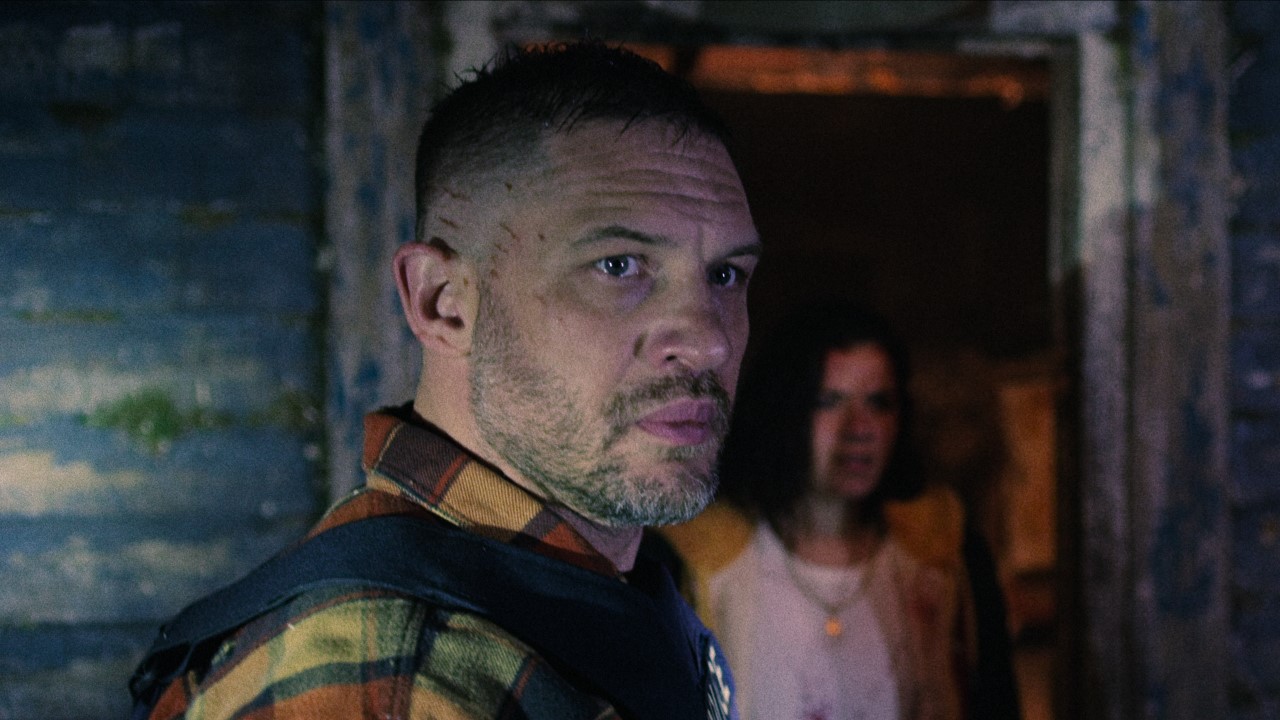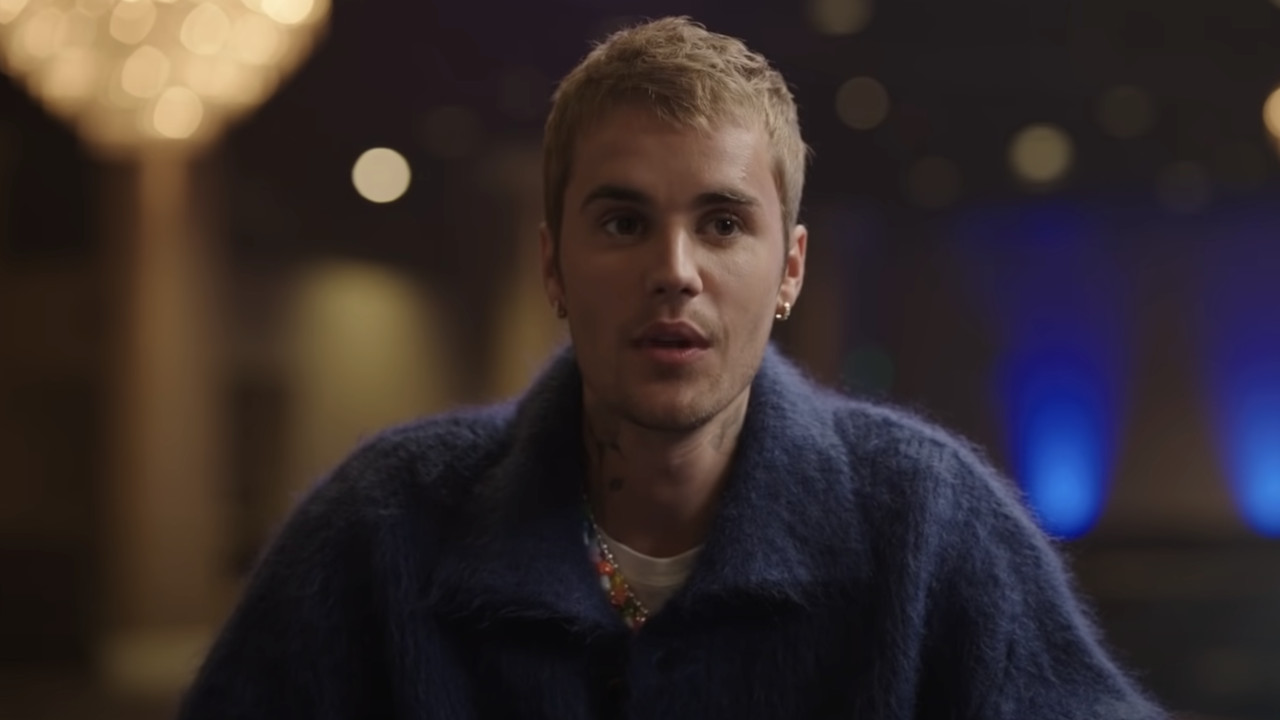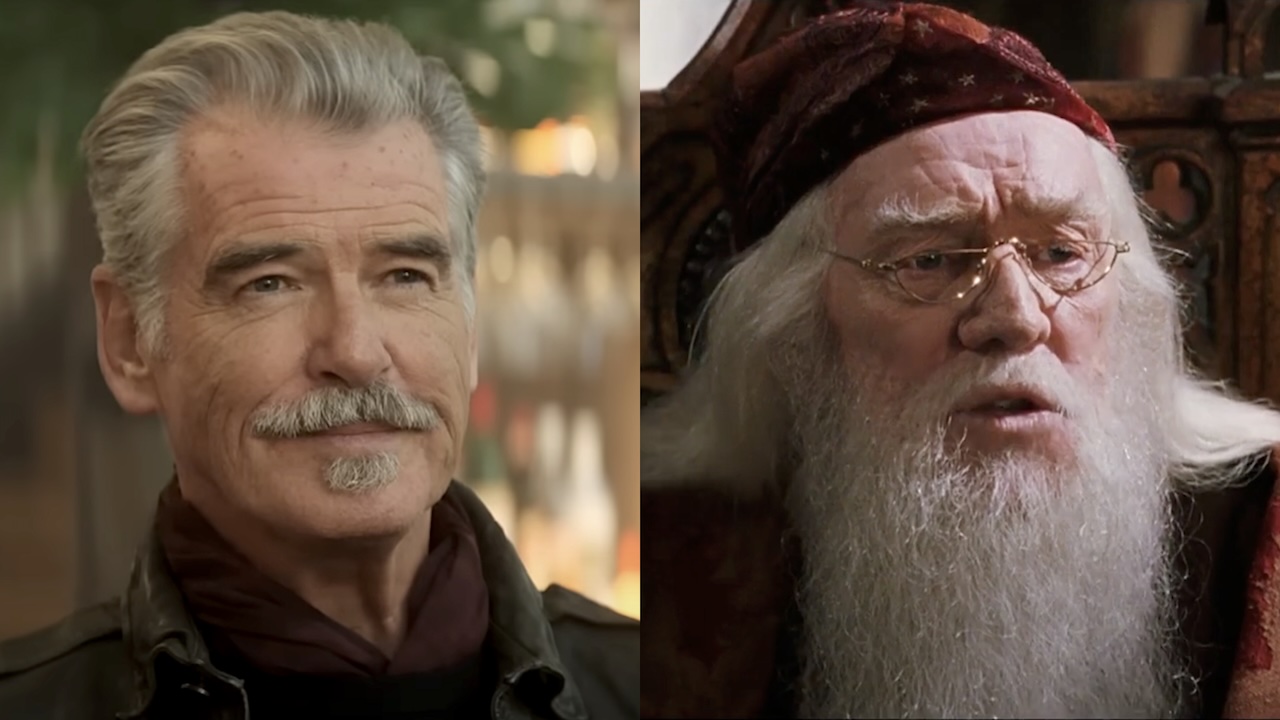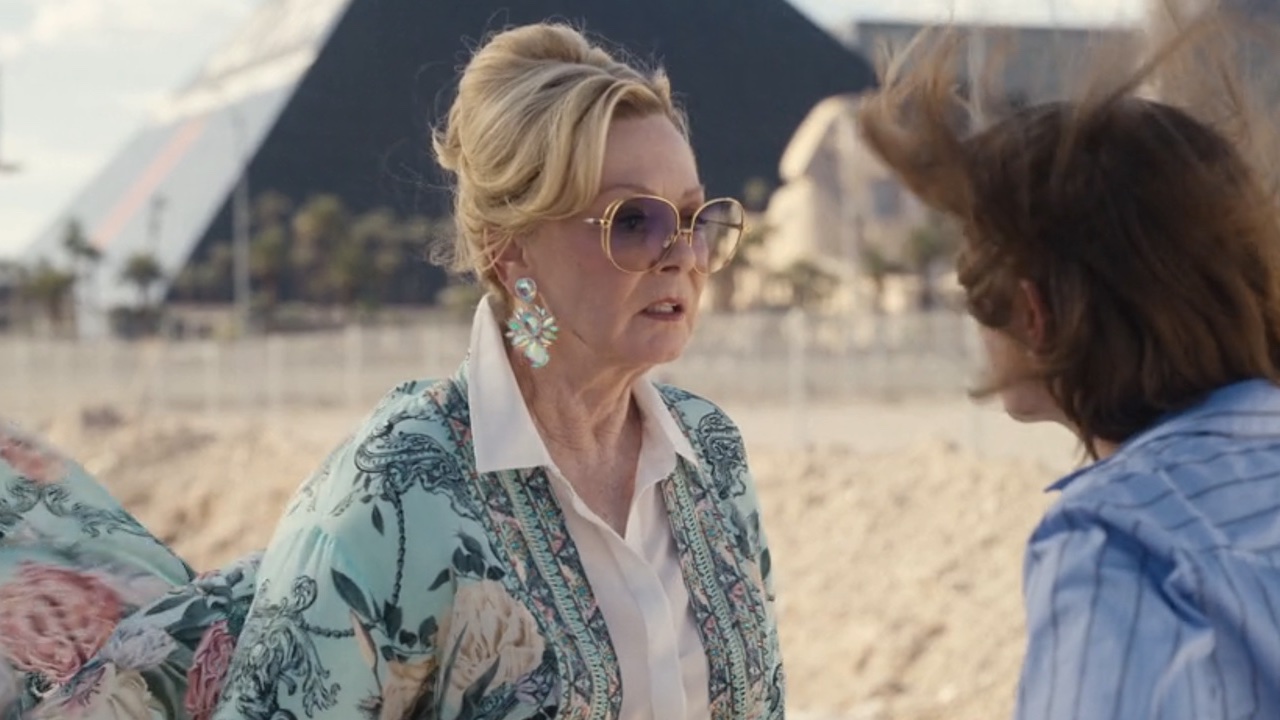The Dark Knight Rises Pique Your Interest? 8 Ways To Start Reading Batman Comics

The third installment of Christopher Nolan’s Dark Knight Trilogy opens this weekend and if The Avengers can spark an interest in shawarma, it stands to reasons that after seeing the The Dark Knight Rises there might be a renewed interest in reading Batman comics. The problem with comic books these days, however, is that they come with a whole lot of history, and diving into the DC Universe isn’t exactly easy. But there are accessible ways to start reading tales about Gotham city’s caped crusader.
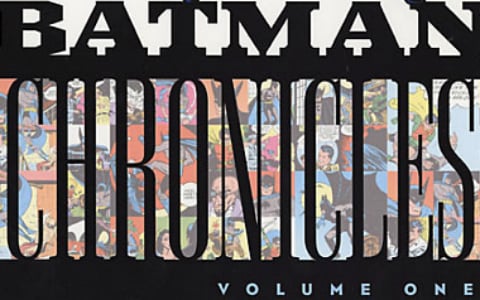
Batman Chronicles
There is no better place to start than the beginning and thanks to DC’s efforts with the “Batman Chronicles” trade paperback collections it’s easier than ever to read the superhero’s earliest adventures. Bruce Wayne and the Batman were created by artist Bob Kane and writer Bill Finger, first appearing in May 1939 in “Detective Comics #27.” The “Batman Chronicles” (11 volumes so far with 12 out December 12), have collected the caped crusaders’ comics in chronological order, amalgamating his appearances in “Detective Comics,” “Batman” and “World's Finest Comics” into one set. In addition to stories from Finger and Kane, the compilation also has classic comics from Gardner Fox, Joseph Greene, Jack Schiff, Edmond Hamilton and Don Cameron not to mention art from Jerry Robinson, Sheldon Moldoff, George Roussos and Jack Burnley. The “Chronicles” don’t just introduce the Batman but also feature the first appearance of Robin as well as villains like the Joker and Hugo Strange. “Batman #1” is a must read.
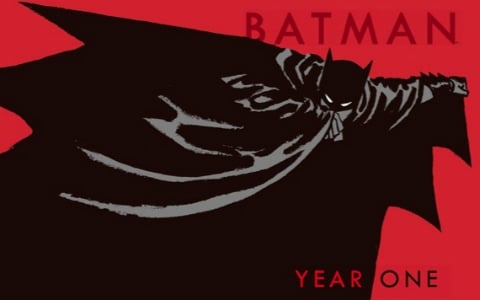
Frank Miller
Okay, I’m aware most of you probably want to skip right past the Kane and Finger days and pick up in the modern Batman universe, and if that’s the case, you need to find the closest copy of Frank Miller’s “Batman: Year One.” A gritty reboot of the franchise (and obviously influential for Chris Nolan’s Batman Begins), Miller’s origin story was wonderfully illustrated by David Mazzucchelli and originally appeared during their run with “Batman” in 1987 (issues #404 to #407). After you take on Miller’s interpretation of Bruce Wayne’s beginnings, turn to “The Dark Knight Returns” (1986) and then “The Dark Knight Strikes Again” (2001) which bring an old and battered Batman out of retirement, aided by a young, female Robin named Carrie Kelly (as well as a bunch of other heroes). Miller’s most recent work on the title came with “All-Star Batman and Robin the Boy Wonder” (with artist Jim Lee) but the retelling of Dick Grayson’s origin as a teenage crime-fighter and sidekick is still unfinished and the fact that it might never come to a conclusion is an understandable turn-off. I’m still waiting.
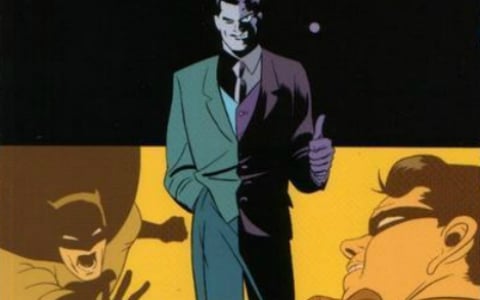
Year Ones
After the success of Miller’s “Year One,” DC not only followed it up with “Batman: Year Two” and “Batman: Year Three” but started applying the ‘process’ to many other titles in their universe, including eight in the Batman stable alone. They aren’t always similar in tone, style or even quality to Miller’s original, but they do offer the opportunity to play catch up. “Robin: Year One,” written by Chuck Dixon and Scott Beatty and illustrated by Javier Pulido and Marcos Martin, is narrated by Alfred and tells of Dick's first year with Batman and it’s one of the better comics with the “YO” label. Others in the series include “Nightwing: Year One,” “Batgirl: Year One” and “Huntress: Year One.” The first, written by the same team as “R:YO,” tells of the now grown up Dick Grayson and his decision to become his own hero. “Batgirl” is focused on the origin of Barbara Gordon as the famous female sidekick and “Huntress” is another title in the Batman universe. There are also a series of villain “Year: One” titles including “Batman/Ra’s al Ghul: Year One,” “Batman/Scarecrow: Year One” and “Two Face: Year One.”
CINEMABLEND NEWSLETTER
Your Daily Blend of Entertainment News
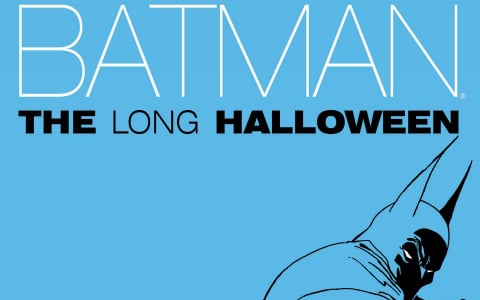
Jeph Loeb and Tim Sale
The first name might be familiar to those who are fans of superhero movies and television, since Jeph Loeb is not only the head of Marvel TV but was also key in developing the CW’s Smallville as well as NBC’s Heroes. And whenever you saw a piece of art from Isaac, the character who paints the future, in the latter, well, that was done by Tim Sale. The pair are long-time collaborators and their work on Batman, particularly on “The Long Halloween” and “Dark Victory,” is widely celebrated. Their work has also been very important to Nolan’s universe, mostly due to their mob-heavy storylines. “The Long Halloween” tells of a year-long murder investigation of a murderer who kills a person each month on a holiday. “Dark Victory” (which I badly wanted to be the title of Nolan’s third film) is another attempt at the Robin origin and probably my favorite telling of the tale. Loeb and Sale also worked together on a third Batman graphic novel called “Haunted Knight” (a collection of short stories) as well as a Catwoman title called “When In Rome” (which is set at the same time as “DV”), but neither live up to the potential of the first two.
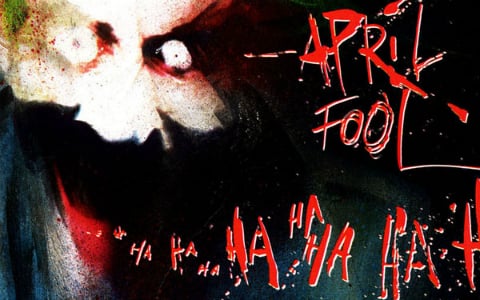
Grant Morrison
Now we’re getting into more contemporary territory, but it also comes as a price. The price is, well, intelligibility, but after diving through a bunch of the previous suggestions you might be ready for Grant Morrison’s wild ride with The Dark Knight. First taking on the Bat in the late 80s and early 90s, Morrison’s work was much more experimental and genre-bending than previous efforts with books like “Arkham Asylum” and “Gothic.” The former was illustrated by Dave McKean and finds the inmates of Arkham taking over the asylum. “Gothic,” much more film noir than horror, was illustrated by Klaus Janson and features the Gotham City's mob bosses coming to Batman for help. Returning to the character in the 00s, Morrison still works on the hero and has developed some of the most indelible storylines of the last few years. Starting with “Batman & Son,” “The Resurrection of Ra’s Al Ghul” and “The Black Glove,” you will get a great foundation in the relationship between Bruce and the uh, Al Ghuls and where you first learn that he has a son with Talia named Damian. These lead directly into his incarnation of “Batman & Robin,” which finds Dick Grayson wearing the cowl with Damian by his side.
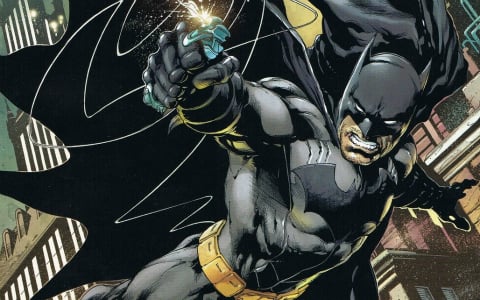
The New 52
DC’s latest attempt to allow readers a way into their oh-so complicated universe was to reboot all of the major titles in an initiative called “The New 52.” The campaign is exactly as it sounds: 52 of the comic book publisher’s titles would be going back to square one so that new readers can jump right in without have to know terms like “Crisis” and “Earth-Two.” But that doesn’t mean that every single detail was retconned. The Batman titles have paid special attention to the canon, which is why going through Morrison’s work is so important before picking up any of the dozen or so runs connected to Batman in the “New 52.” Morrison continues with “Batman Inc.” in the New 52, but the one to grab is Scott Snyder’s “Batman.” Snyder started on the “Detective Comics” title a few years back, but his work for the DC reboot, along with artist Greg Capullo, has produced an amazing run called “The Court of Owls” with a highly anticipated return of the Joker set for the follow-up. Other current runs with the caped crusader include “Detective Comics,” “Batman: The Dark Knight” and “Batman and Robin” not to mention all the ancillary characters like “Batgirl,” “Batwoman,” “Nightwing,” “Catwoman,” “Batwing,” “Birds of Prey” and “Red Hood and the Outlaws.”
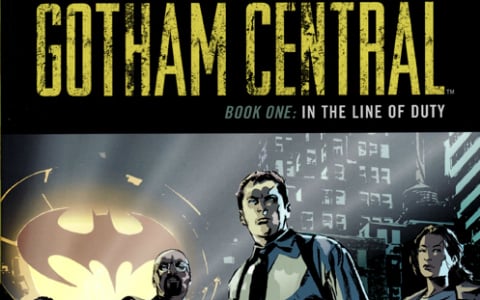
Gotham Central
One of the best Batman related comic series ever produced doesn’t even revolve around the caped crusader, but instead the hard working cops of the Major Crimes Unit hand-picked by Jim Gordon to clean up the streets of Gotham. In the books, the MCU is at a critical juncture because not only to they have to continue constantly battle criminals that are out of their league (all under the shadow of the Bat), but, with Gordon no longer running the show, they also have to ensure that everything their former boss built doesn’t come crumbling down around them. Imagine if The Wire was set in Gotham and you have a pretty good idea of what the gritty procedural is like, not only diving into the cases but also the personal lives of the police men and women. Running from 2003 to 2006, “Gotham Central” was the brainchild of Greg Rucka and Ed Brubaker, two of the finest hard-boiled writers in the business (it’s like Chandler and Hammett decided to work on Batman), and has since been rounded up into four collections: “Gotham Central Book One: In the Line of Duty,” “Gotham Central Book Two: Jokers and Madmen,” “Gotham Central Book Three: On the Freak Beat” and “Gotham Central Book Four: Corrigan.” Read them all.
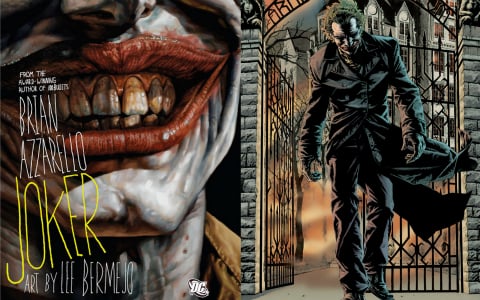
One-Shots and Graphic Novels
This list could go on forever because there are so many great runs and one-shot that have been collected into graphic novels but I’ll start with the “KnightSaga” (‘Knightfall,” ‘Knightquest,” and "KnightsEnd”) since it is sort of the storyline on which The Dark Knight Rises was based (I say ‘sort of’ because we won’t know how closely Nolan’s flick follows the trilogy that sees Bane break the Bat until this weekend). Jeph Loeb and Jim Lee’s “Hush” is a popular choice and features one of the best artistic renditions of Catwoman to date. To learn more about the Robins that came between Dick Grayson and Carrie Kelly, check out “A Death in the Family,” “A Lonely Place of Dying” and “Son of the Demon.” If Miller’s “Year: One” is Batman Begins, than Brubaker and Doug Mahnke’s “The Man Who Laughs” would be The Dark Knight. The graphic novel (re)tells the first encounter between Batman and The Joker. Brian Azzarello and Lee Bermejo’s “Joker” features some of the best artwork of any Bat title but here the hero is relegated to the sidelines as his arch nemesis takes center stage. And the seminal take on the Joker comes from comic legend Alan Moore with his “The Killing Joke,” a must-read, and as good a place as any to finish this list.
For more from the movie head over to our Blend Film Database.
